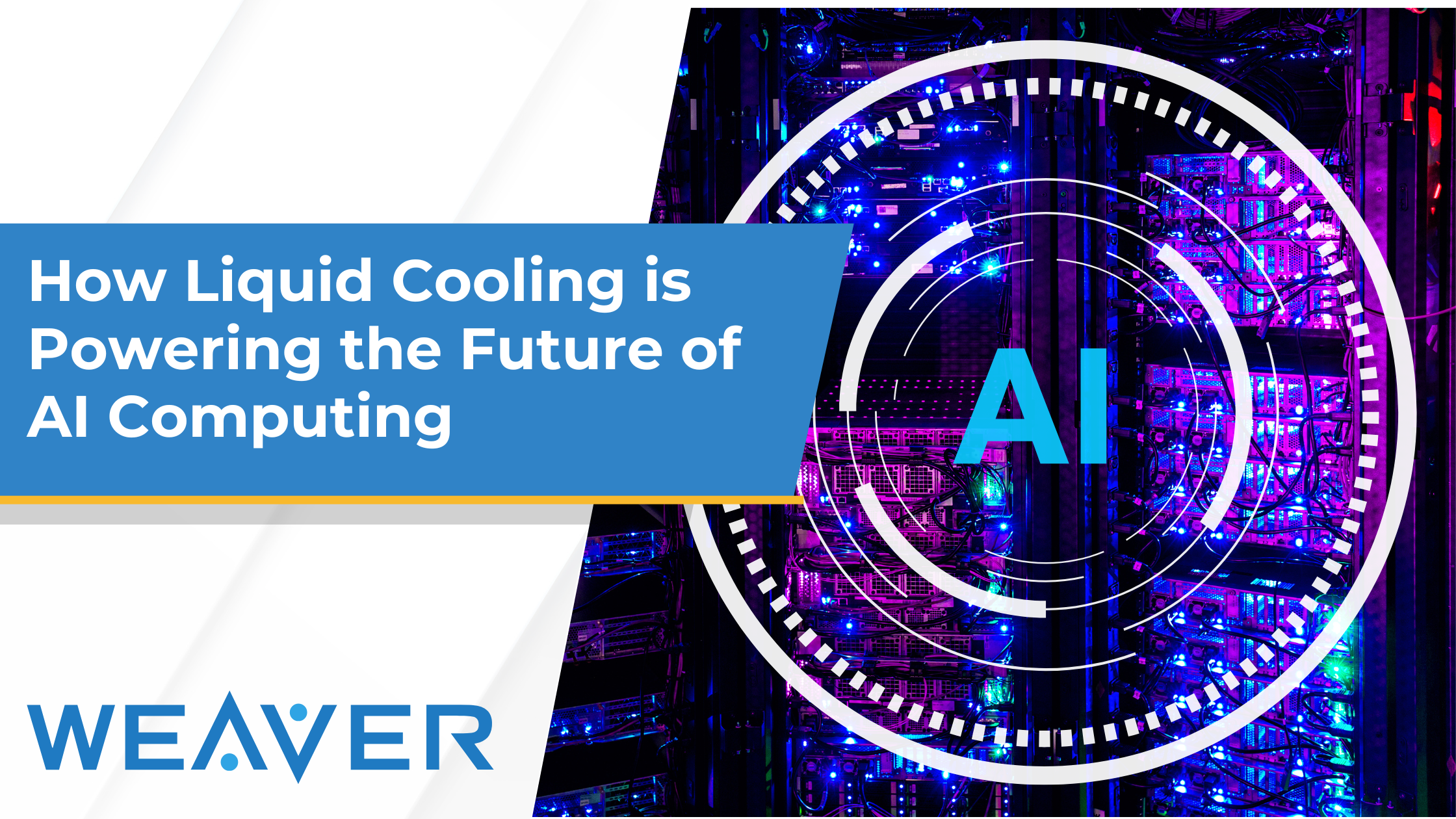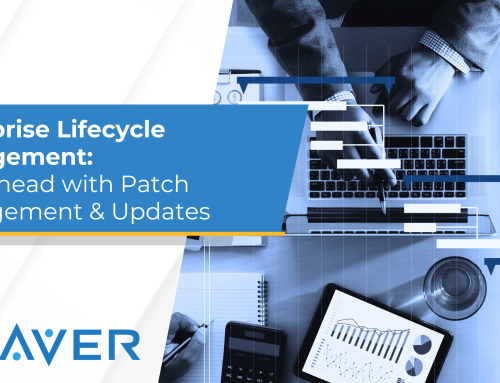Liquid Cooling: The Future of AI Computing
As artificial intelligence (AI) advances, the need for better cooling grows. Traditional air-based systems struggle to handle AI’s high processing demands. This challenge has led to the rise of liquid cooling. These advanced methods improve efficiency, reduce energy use, and support sustainable AI infrastructure.
The Rising Heat Challenge in AI Computing
AI models, especially deep learning applications, require massive computing power. GPUs and AI accelerators generate far more heat than standard processors. Without effective cooling, AI systems slow down, have a shorter lifespan, and consume more energy.
The Shift Toward Liquid Cooling Solutions
Liquid cooling offers a powerful alternative to air cooling. Unlike fans and heat sinks, it uses liquids to absorb and remove heat more effectively. AI data centers now integrate two main types of liquid cooling:
- Direct-to-Chip Liquid Cooling: This method circulates coolant through microchannels in the hardware. It efficiently pulls heat away from the processor and other high-power components.
- Immersion Cooling: Servers are fully submerged in a dielectric liquid. This liquid transfers heat without causing electrical damage. Immersion cooling supports high-performance computing with less space and energy use.
Why Liquid Cooling Works Best for AI
- Higher Efficiency: Liquid cooling transfers heat up to 3,000 times better than air cooling.
- Energy Savings: AI data centers cut energy costs by 20-40% using liquid cooling.
- Smaller Footprint: Less hardware and fewer fans mean data centers need less space.
- Sustainability: These systems use less water and lower carbon emissions.
Innovations in AI Cooling Technology
Leading tech companies continue to push liquid cooling forward. Notable advancements include:
- AI-Optimized Smart Cooling: AI monitors and adjusts cooling in real time to prevent waste.
- Advanced Coolants: New non-conductive, eco-friendly liquids improve thermal performance.
- Hybrid Cooling Models: Some systems combine liquid and air cooling. Liquid removes most heat, while air provides backup cooling.
The Future of AI-Driven Cooling
AI is evolving, and cooling must evolve with it. Liquid cooling will likely become standard for high-performance AI applications. Researchers are now exploring new methods like nanofluid cooling, phase-change cooling, and AI-driven cooling automation. These innovations will shape the next generation of AI infrastructure, making it faster and more energy-efficient.
Final Thoughts
AI is transforming computing and the infrastructure that supports it. Cooling is no longer just a side concern—it is essential for AI’s growth. Companies that invest in advanced cooling solutions, such as liquid cooling, will gain a competitive edge. They will experience better performance, lower costs, and greater sustainability.
📞 Want to optimize your AI infrastructure? Contact Weaver Technologies today to explore cutting-edge cooling solutions that future-proof your operations.







